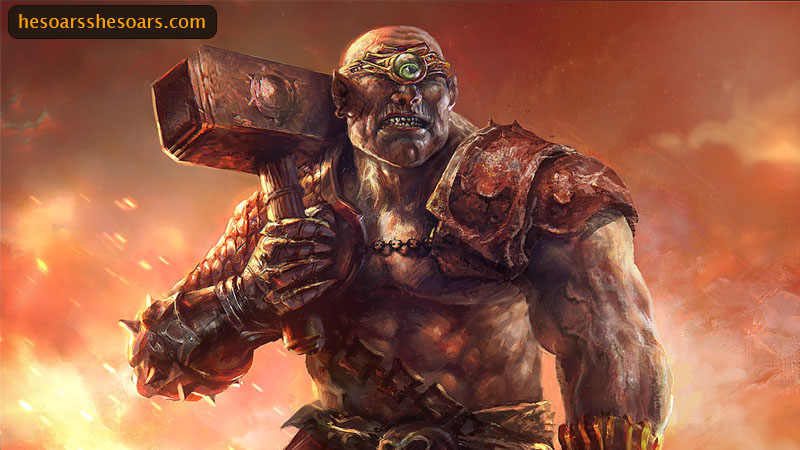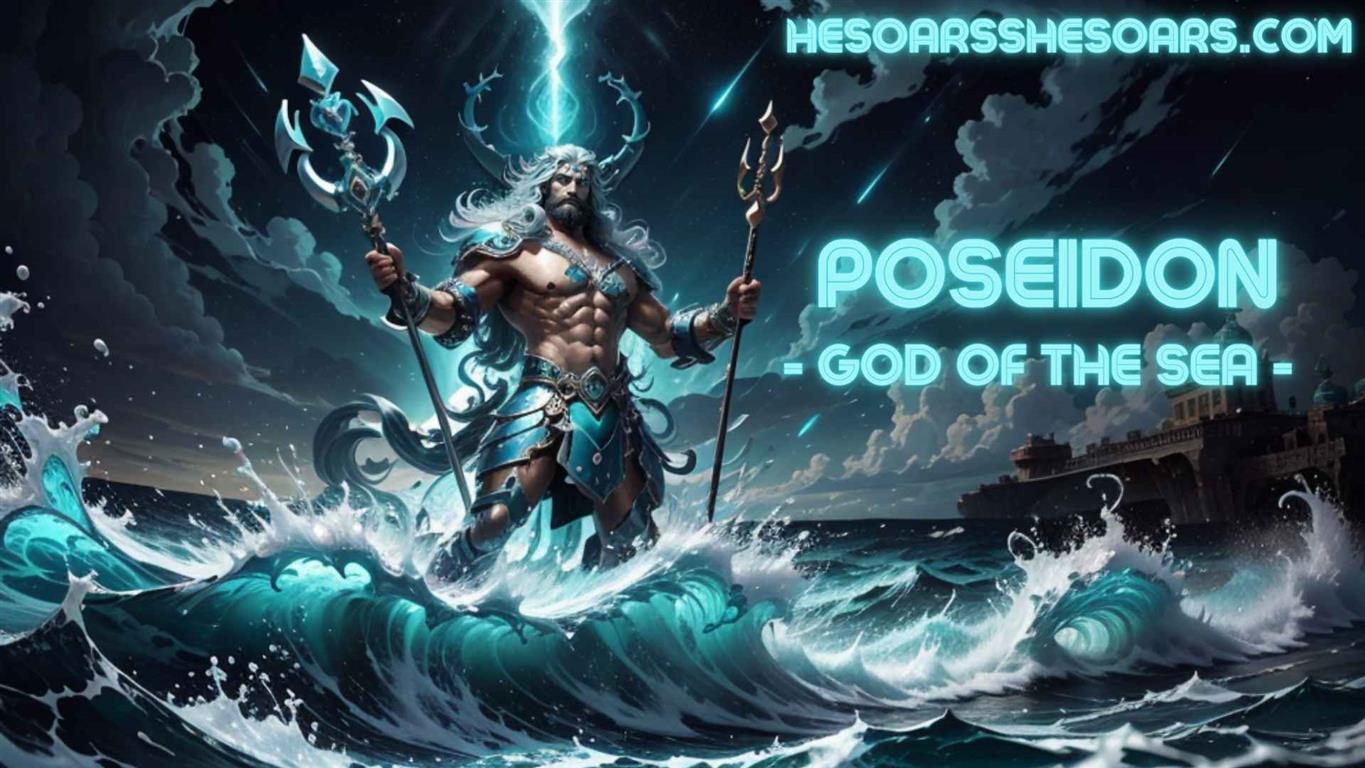Greek mythology is a treasure trove of captivating tales, and among its most iconic creatures are the Cyclopes. These one-eyed giants have fascinated people for centuries with their unique characteristics and roles in ancient myths. In this article, we will explore the origins, characteristics, and significance of the Cyclops in Greek mythology.
Origins of the Cyclops
The Cyclopes were among the primordial beings in Greek mythology. They were the offspring of Uranus (the sky) and Gaia (the earth), making them siblings to the Titans. The most famous Cyclopes were Brontes, Steropes, and Arges, each possessing distinct traits and abilities.
Physical Appearance and Abilities
Cyclopes were. Often depicted as towering giants with a single eye located in the center of their foreheads. Their appearance alone was enough to strike fear into the hearts of mortals. These giants were. Known for their immense strength and skill in craftsmanship. They were. Said to be. Skilled blacksmiths who forged powerful weapons, including the thunderbolt of Zeus, the trident of Poseidon, and the helmet of Hades.
The Cyclopes in Mythology
The Cyclopes played significant roles in several Greek myths. One of the most famous appearances of the Cyclopes is in Homer’s epic poems, the “Iliad” and the “Odyssey.” In the “Odyssey,” Odysseus and his crew encounter the Cyclops Polyphemus, who traps them in his cave and begins to devour them one by one. Odysseus, using his cunning and wit, devises a plan to blind Polyphemus and escape from his clutches.
In. Another. Myth. The Cyclopes are instrumental in the creation of Zeus’ thunderbolt, which becomes a symbol of his power as king of the gods. Their role as skilled craftsmen is highlighted here, emphasizing their importance in the divine world.
Symbolism and Significance
The Cyclopes hold symbolic significance in Greek mythology. Their single eye represents a unique perspective or focus. This can. Be interpreted. As both. A strength and a limitation. Their craftsmanship skills highlight the idea that even seemingly monstrous beings possess valuable talents and abilities.
The Cyclopes also serve as a reminder of the unpredictability of the ancient Greek world. They are neither wholly benevolent nor malevolent but are influenced by their interactions with mortals and gods.
Cultural Impact Cyclops
The Cyclopes have left their mark on art, literature, and popular culture. Their distinctive appearance and roles in mythological tales have made them iconic figures in classical art and literature. They have been featured in various works, from ancient Greek pottery to Renaissance paintings and modern-day novels and films.
Conclusion Cyclops
The Cyclopes are enduring figures in Greek mythology, embodying strength, craftsmanship, and a unique perspective on the world. Their appearances in famous myths like the adventures of Odysseus and their role in forging powerful divine weapons have solidified their place in the rich tapestry of Greek mythology. The Cyclopes continue to captivate and inspire with their singular and multifaceted presence in both ancient and contemporary culture.




